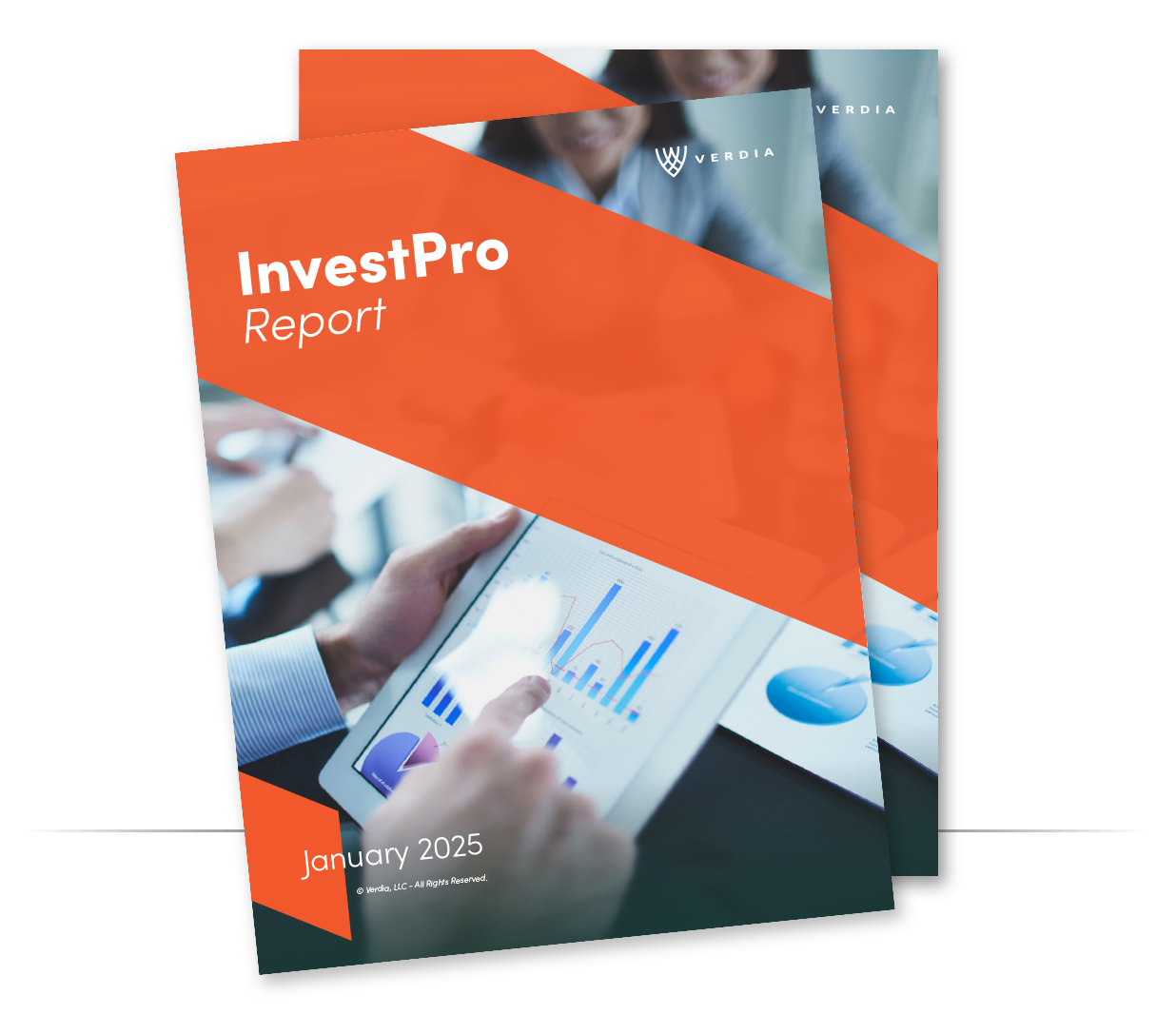How To Place Buy And Sell Orders In A Brokerage Account
Placing Buy and Sell Orders in a Brokerage Account: A Step-by-Step Guide for New Investors
Hey there! If you’re just starting your journey in the stock market, one of the most important skills you’ll need is how to place buy and sell orders in your brokerage account. Trust me, once you get the hang of it, you’ll feel a lot more confident about your trading decisions. In this guide, I’ll break down the different types of orders—market and limit orders, position sizing, conditional orders (like IOC and GTC), and stop-loss orders. Let’s dive in!
Step 1: Understanding Order Types
Market Orders
A market order is the simplest order type. It tells your broker to buy or sell a stock at the best available price right now.
When to Use: This is perfect when you want to jump into a trade quickly and don’t mind paying the current price.
Example: Imagine you want to snag 100 shares of XYZ Company immediately. You’d place a market order, and your broker will grab those shares at whatever price they’re currently trading for. Easy peasy!
Limit Orders
With a limit order, you get to call the shots on the price. You can set the maximum price you’re willing to pay for a stock (buy limit order) or the minimum you want to sell it for (sell limit order).
When to Use: This is your go-to when you want a little more control over your trades, especially if the market is bouncing around.
Example: Let’s say you’ve got your eye on XYZ, but you only want to buy it if it drops to $50. You’d place a buy limit order at $50. Your order will only kick in if the stock hits that price. It’s like having a price guard!
Step 2: Position Size
Now, let’s talk about position sizing. This is a key part of managing risk. It refers to how many shares you decide to buy or sell in a trade. Here’s how to nail it down:
Calculate Your Risk: Figure out how much of your total capital you’re comfortable risking on a single trade, often 1%-2% of your account.
Determine Your Stop-Loss Level: This is the price at which you’ll exit to prevent further losses.
Position Size Formula:
Position Size = (Account Size x Risk Percentage) / Share PriceExample: If your account balance is $10,000 and you’re willing to risk 2%, that’s $200. If your entry point is $50, your position size would be 4 shares.
4 Shares = ($10,000 x 2%) / $50
Step 3: Conditional Orders
Conditional orders add a sprinkle of flexibility to your trading strategy. Here are two common types:
Immediate or Cancel (IOC) Orders
An IOC order needs to be executed right away; any part that can’t be filled gets canceled.
When to Use: This is perfect for when you want quick execution but don’t mind if the order isn’t fully filled.
Good 'Til Canceled (GTC) Orders
A GTC order stays active until it’s either executed or you decide to cancel it.
When to Use: Great for when you want to wait for that perfect price without having to keep placing the order.
Step 4: Stop-Loss Orders
Now, let’s chat about stop-loss orders. These handy tools help you manage your risk and can prevent you from taking larger losses than you’re comfortable with. Here’s how they work:
Setting a Stop-Loss: Choose a stop-loss level based on your risk tolerance and market analysis.
Example: If you buy XYZ stock at $50/share and want to limit your loss to 5%, you’d set a stop-loss order at $47.50. If the stock dips to that level, your order will trigger, selling your shares to prevent further loss.
Conclusion
And there you have it! Placing buy and sell orders in your brokerage account might seem daunting at first, but it’s a vital skill that will serve you well in your investment journey. By understanding the different types of orders, figuring out position sizes, and using conditional and stop-loss orders, you’re setting yourself up for success.
Remember, investing is a learning experience, so take your time, stay curious, and adjust your strategies as you grow. Here’s to happy trading and making smart decisions in the stock market!
Subscribe Today
Jumpstart your personal investing.
Join InvestPro™ and you’ll get exclusive access to our InvestPro Reports that show you what to buy and when to buy it. You’ll receive our cutting-edge research and analysis, as well as access to each company we invest in and each trade we make.
Choose from our 6 month or 1 year options.


